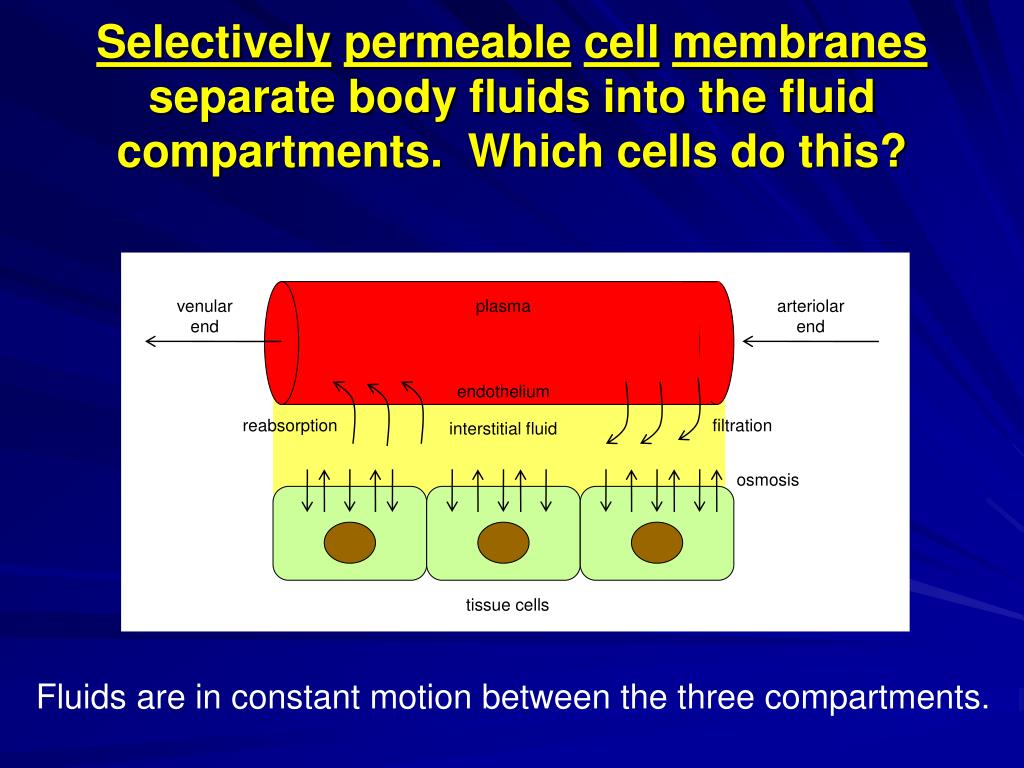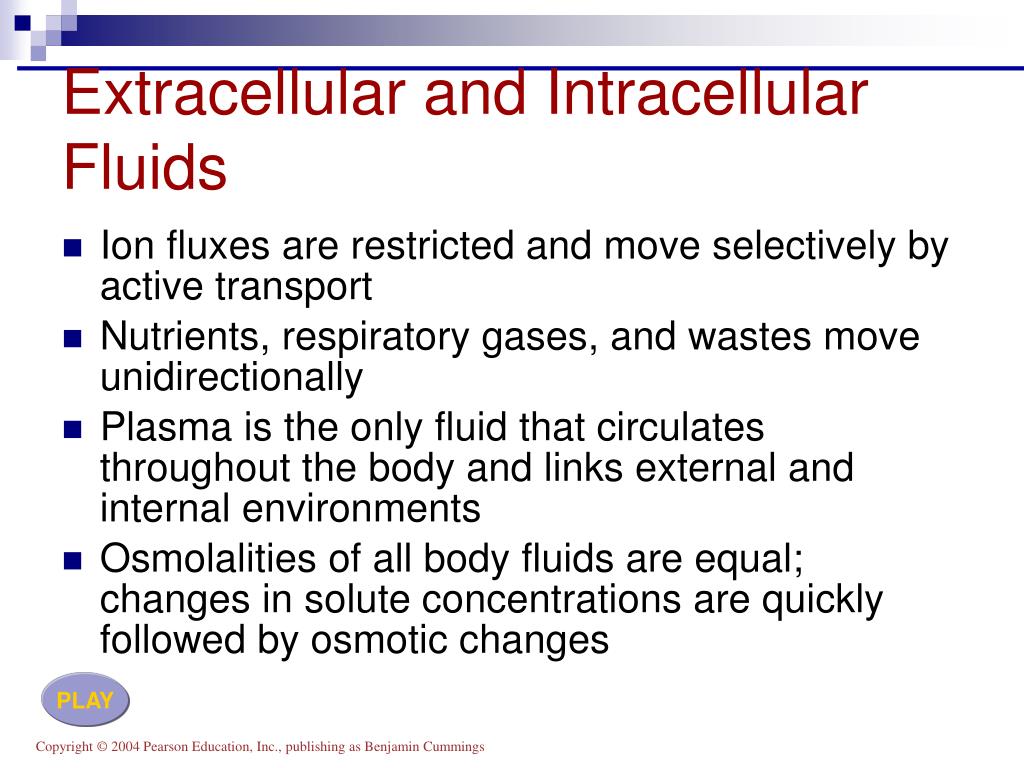

Osmoregulation and body fluid composition in animals has been extensively reviewed (e.g. Many eukaryotes live in seawater, and have cells which are either bathed in seawater directly, or have an extracellular body fluid which is broadly similar to seawater. Īll eukaryote cells are faced with differences in intracellular solute composition when compared with the external environment. As will be discussed further in the next chapter, the activity of this pump contributes to the difference in composition of the extracellular and intracellular fluids necessary for nerve and muscle cells to function. For each ATP molecule hydrolyzed by Na+-K+ ATPase, this pump moves three Na+ ions out of the cell and two K+ ions into it. The most common example of active transport is the sodium-potassium pump that involves the activity of Na+-K+ ATPase, an intrinsic membrane protein.

This process is used to accumulate a substance on one side of the plasma membrane or the other. With active transport, energy is expended to move a substance against its concentration gradient from an area of low concentration to an area of high concentration. Therefore, the plasma membrane plays a very important role in determining the composition of the intracellular fluid by selectively permitting substances to move in and out of the cell. Examples of lipid- insoluble substances that require such mechanisms include nutrient molecules, such as glucose and amino acids, and all species of ions (Na+, Ca++, H+, Cl, and HC03). Instead, these substances must cross the membrane using specialized transport mechanisms. Most hydrophilic, or water-soluble, substances are repelled by this hydrophobic interior and cannot simply diffuse through the membrane. The plasma membrane also contains many enzymes and other components such as antigens and receptors that allow cells to interact with other cells, neurotransmitters, blood-borne substances such as hormones, and various other chemical substances, such as drugs. Furthermore, it allows the cell to maintain a cytoplasmic composition very different from that of the extracellular fluid the functions of neurons and muscle cells depend on this difference. An important homeostatic function of this plasma membrane is to serve as a permeability barrier that insulates or protects the cytoplasm from immediate changes in the surrounding environment. Each cell is surrounded by a plasma membrane that separates the cytoplasmic contents of the cell, or the intracellular fluid, from the fluid outside the cell, the extracellular fluid.


 0 kommentar(er)
0 kommentar(er)
